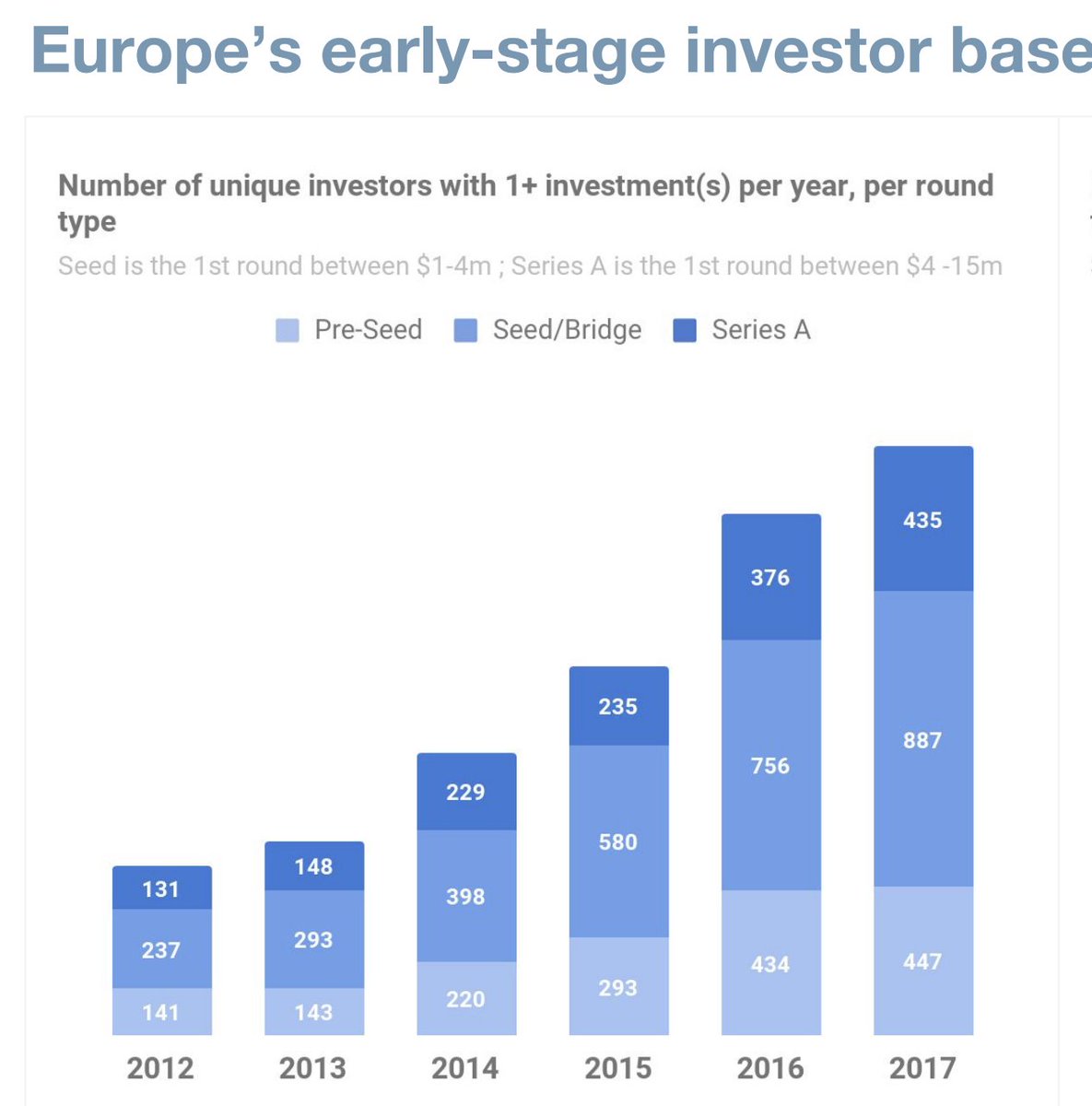While previously your role was to promote your founding team & sell a vision for the future, now your pitch will be about the past, too: how well did you spend the $ you raised before? How good have you been at hiring? etc.
While your Seed round probably involved you, your co-founders and 1 or 2 employees, you may now have between 8 & 50 team members. Good time management will be crucial, & it's never too early to start thinking about how to handle the process
While the analysis & paperwork you go through at Seed is usually simple, closing a Series A can take many months from the day you start thinking about it. VCs will need serious (i.e. data-heavy) reasons to justify their investment to their LPs
Most founders have never done an A round before, & are not familiar with the terms used or the materials required by VCs. Even if un-natural, you'll have to get your head around things like building a data room & negotiating liq pref
Knowing when to start raising is hard, as Series A sits in between being a Seed startup raising on promise & being a Series B co raising with solid metrics. How you tell your story can be more crucial than your metrics
• You don't want to start raising too early - hard to get anyone interested
• You want to increase spending to show you're capable of investing in growth
• You don't want to "gamble" too much & raise too close to end of runway
You:
You need to choose your VC wisely, because Series A investors are very likely to take a board seat & work with you for the long term. Given the DD they did on you, they'll be considered by later investors as your reference VC
Differently from Seed, it's uncommon for a single person at a fund to make the call for a Series A all by themselves. If someone else in their team is against the deal, it won't happen. You'll have to juggle VC internal politics




